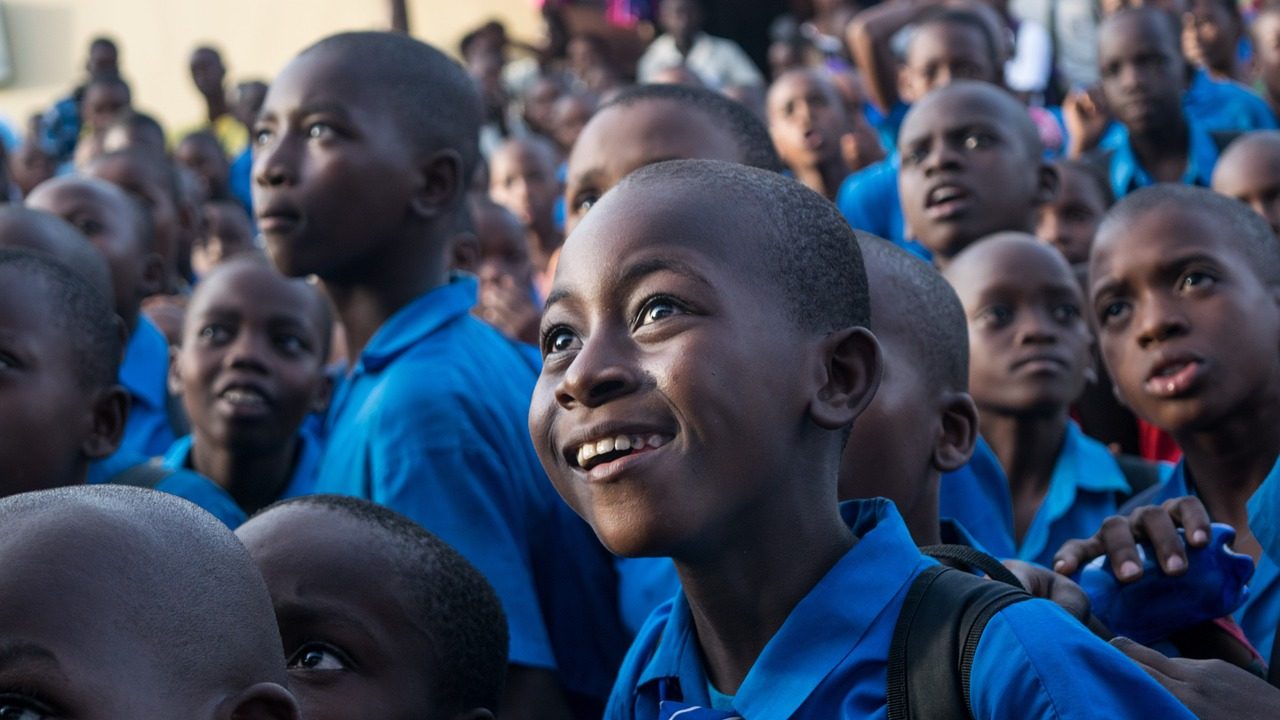A joint report by the World Health Organization (WHO) and UNICEF reveals that global childhood immunization rates have stagnated in 2023, leaving millions of children without essential vaccinations. The data highlights that while 84% of children received the full series of the diphtheria, tetanus, and pertussis (DTP) vaccine, 14.5 million did not receive even a single dose. Additionally, 35 million children were either partially vaccinated or unvaccinated against measles, raising the risk of outbreaks in over 100 countries.

The report underscores that the COVID-19 pandemic has disrupted routine immunization services, significantly impacting global vaccination coverage. In 2023, 20.5 million children missed out on one or more routine immunizations, an increase of 2.7 million from 2019. This setback has occurred despite efforts to restore vaccination services to pre-pandemic levels.
Disparities and Regional Impact
The report identifies substantial regional disparities in immunization coverage. Africa and Southeast Asia, in particular, have seen the largest number of unvaccinated children, exacerbating existing health inequities. For instance, in Africa, nearly half of the world’s zero-dose children reside, highlighting the urgent need for targeted interventions.
The Role of HPV Vaccine
The report also sheds light on the human papillomavirus (HPV) vaccine, crucial for preventing cervical cancer. While there has been progress, with coverage increasing to 21% in 2023 from 15% in 2020, it remains well below the 90% target set for eliminating cervical cancer.
Dr. Tedros Adhanom Ghebreyesus, WHO Director-General, emphasized the need for increased investment in primary health care and immunization programs. “Every child deserves a chance to live a healthy life, free from preventable diseases,” he stated. UNICEF Executive Director Catherine Russell echoed this sentiment, calling for renewed global commitment to immunization to protect the most vulnerable populations.
The stagnation in immunization rates calls for urgent action to achieve the goals set out in the Immunization Agenda 2030. This global strategy aims for 90% coverage of essential vaccines and a reduction in the number of zero-dose children to 6.5 million by 2030. Achieving these goals will require a concerted effort from governments, health organizations, and communities worldwide.
The stalling of global childhood immunization rates in 2023 is a pressing public health issue. The WHO and UNICEF report highlights the need for immediate and sustained efforts to ensure all children receive life-saving vaccines. With renewed commitment and investment, it is possible to protect millions of children from preventable diseases and achieve the ambitious targets set for the coming decade.



